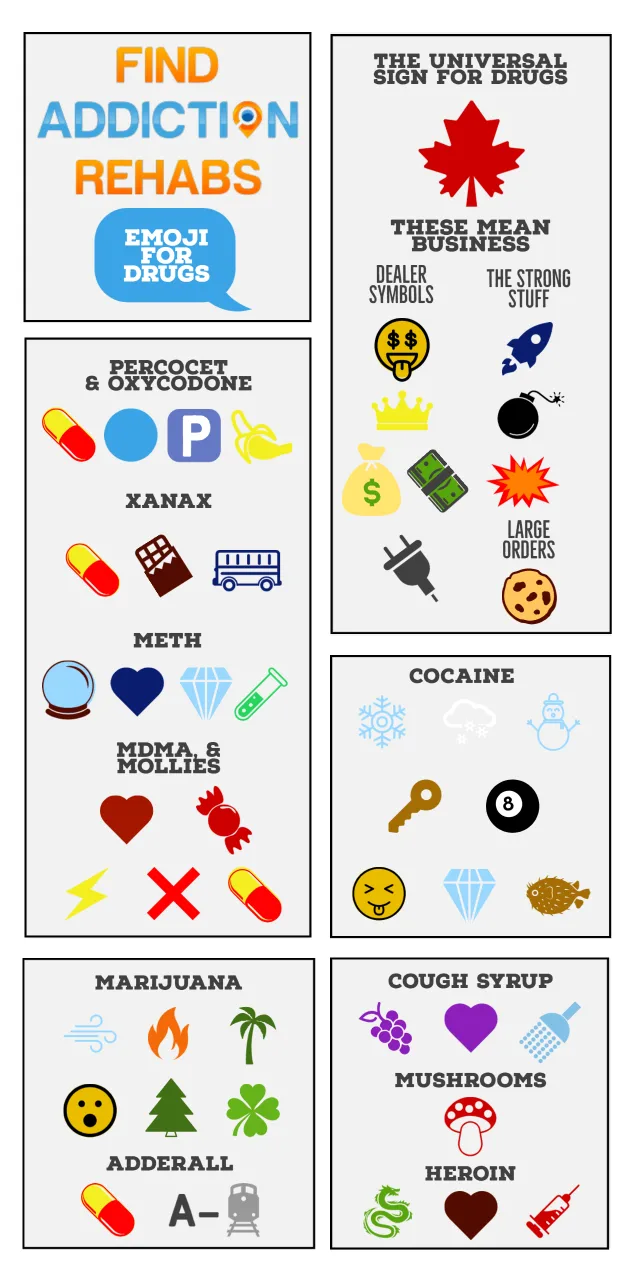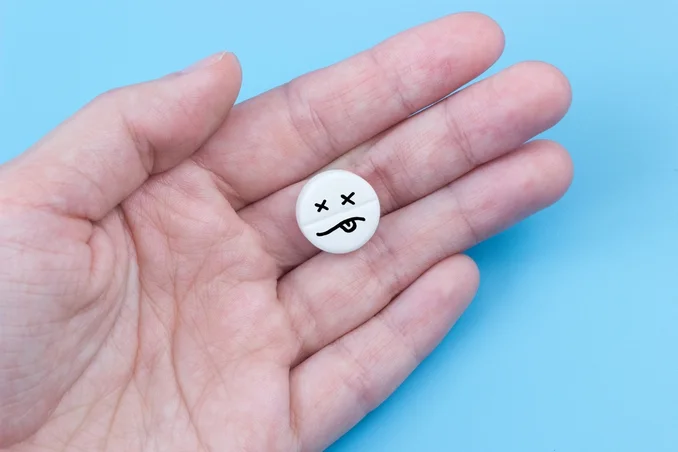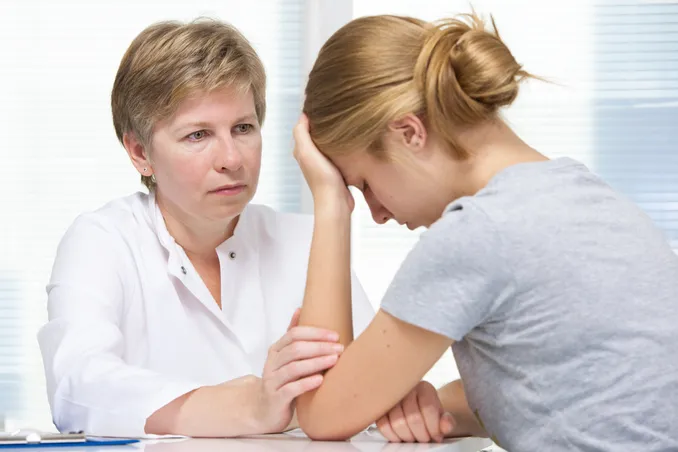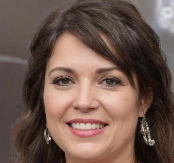Understanding Drug Slang
Table of Contents
For generations, slang words have been created to refer to illicit drugs as a way of discretely discussing their usage. Now, as the world progressively becomes more and more dominated by the use of technology, social media, and other digital forms of communication, so too has drug slang. With our visual media fixation, emoji for drugs seems like a natural evolution.
Particularly in the passing decade, kids and teens have become more engaged with their mobile devices. As a result, a new twist to the usual drug code has arrived in the form of drug emojis.
What are Emojis?
Emojis are pictures, symbols, or other visual graphics used in electronic communication, typically depicting a facial reaction, animal, or other object/activity. These are primarily used to fill in emotional cues that may otherwise be missing in a non-face-to-face conversation.
Of course, they can also be used to simply add a more creative element to text messages or email discussions. Or, to symbolize activities that may otherwise be considered risky to converse about openly; for example, the use of illegal substances.
Feening for drugs, or the phenomenon of craving, also gets conveyed through text, but we will focus on the symbols for substances themselves. Suffice to say, emoji to signify ‘feening for a drug’ often center on the symptoms of withdrawal, such as vomiting or shaking.
Emoji for drugs are used constantly on social media, in text messages, and online, to convey ‘secret’ codes for illicit drugs and activities.
Which Emojis are Used to Represent Illicit Substances?
While emojis are intended to be harmless symbols, several of them have been adopted as a means of communicating specific types of drugs or activities relating to substance use. These tend to vary based on a specific type of drug use, as well as whom the conversation is occurring with. It should be noted, that just as there are symbols for drugs, there are potent symbols of recovery that can be used to help establish and support a sober identity once that choice has been made.
For example, kids today talk about using drugs and alcohol often, but these conversations may not necessarily be too serious. Particularly for the members of Generation Z, dark humor seems to have become one of their primary forms of communication.
However, a discussion between two drug dealers, or a drug dealer and their customer, may look very different; both from each other and from conversations between two non-dealers.
Fortunately, a decent level of research has gone into this increasingly prevalent drug language, providing concerned parents and individuals with the tools to decode it.
Percocet and Oxycodone
Percocet and Oxycodone are both highly addictive narcotics that can result in death if taken in high doses, or if mixed with other substances. Oxycodone, which is used in Percocet, is a powerful opioid. It is derived from the same source as heroin, fentanyl, and morphine, making these particularly concerning drugs; especially in the hands of children.
When symbolizing these emoji for drugs, they may be represented by:
- A yellow and red pill capsule emoji.
- A blue circle emoji.
- An emoji with the white letter P is set against a blue square frame.
- A banana emoji.
Xanax
Xanax is another prescription drug with a high risk for addiction. Typically used to treat anxiety and panic disorders, it is the number one prescribed psychiatric medication in the country.
In fact, most teens who develop an addiction to this drug gain access to it through sneaking pills out of their parent’s prescription bottles. As of right now, there are only a few known emojis that reference this particular drug, including:
- A yellow and red pill capsule emoji.
- A chocolate bar emoji.
- A bus emoji.
Adderall
Commonly used to treat individuals with Attention Deficit Hyperactive Disorder (ADHD), Adderall is another psychiatric medication that can be addictive in nature.
For those with this disorder, taking Adderall will produce a calming effect, and enhance their ability to focus and function in their everyday lives. However, for those who do not have ADHD, this drug can produce feelings of euphoria and greatly increase their energy levels.
Particularly popular amongst high school and college students for increased studying and performance abilities, the most common pair of emoji for drugs related to Adderall are:
- A yellow and red pill capsule emoji.
- The letter A, followed by a hyphen (A-), and a train emoji.
Meth
Methamphetamines, popularly referred to as crystal meth, is a highly addictive and easily lethal drug that directly affects the nervous system. While typically a bit harder to access amongst younger communities, it is not impossible.
Thus, parents and other concerned adults should know how to recognize the emoticon language that represents this drug, including:
- A crystal ball emoji.
- A blue heart emoji.
- A diamond emoji.
- A test tube emoji.
Heroin
Heroin is an opioid made from morphine, which, as previously stated, can be incredibly addictive. For individuals who are concerned a member of their family may be attempting to acquire or is actively abusing this substance, looking out for these symbols in their text messages may be useful as you try to decode emoji for drugs:
- A dragon emoji.
- A brown heart emoji.
- A syringe emoji.
Cocaine
Cocaine is a recreational stimulant drug that can easily become addictive due to the euphoric feelings and intense rush it provides to those who use it. However, because this substance can very easily lead to overdose (especially if mixed with other drugs), understanding the drug slang surrounding it is imperative.
For those who suspect their kids may be using cocaine, there are a number of emojis these individuals can look out for, including:
- A snowflake, or snow cloud emoji.
- A snowman emoji.
- A diamond emoji.
- An eight-ball emoji.
- A key emoji.
- A silly face emoticon (usually with the mouth open and tongue stinging out).
- A blowfish emoji.
MDMA & Mollies
MDMA, the most common forms of which are molly and ecstasy, are psychoactive drugs that can easily make those involved with using these substances form a dependency on them. For teens engaged in this form of drug use, their social media or text message conversations may include ’emoji for drugs’ symbols such as:
- A red heart emoji.
- A lightning bolt emoji.
- A red X emoji.
- A yellow and red pill capsule emoji.
- A hard candy emoji.
Mushrooms
Magic mushrooms, or ‘shrooms, are a type of mushroom containing the drugs psilocybin or psilocin. Typically causing strong hallucinations and a sense of euphoria, these are most commonly represented by the mushroom emoji for drugs. If you’re concerned about mushrooms being used in your household, or among your circle of friends, be sure to educate yourself on the potential for overdose on shrooms and their risk factors.
Marijuana
Perhaps one of the most commonly used substances amongst kids and teens, marijuana (or cannabis, also known as weed) has several emojis that can represent it when talking in a digital format, including:
- A puff of air of blowing wind emoji.
- A surprised face emoticon (usually with mouth and eyes open in an ‘o’ shape).
- A fire emoji.
- A palm tree or pine tree emoji.
- A clover emoji.
Cough Syrup
While not illegal, cough syrup is quickly becoming a heavily abused substance, particularly amongst kids who may be heavily involved in partying. In these cases, a teen may seek out cough medicine from a parent or guardian’s medicine cabinet due to its high alcohol content.
This is a rising trend in which teens mix cough syrup with soda (and sometimes alcohol) and use this substance (referred to as lean) to get high. Some emoji for drugs related to this substance are:
- A grape emoji.
- A purple heart emoji.
- A showerhead emoji.
The Emojis that Mean (Drug) Business
When it comes to communicating the business end of substance use, the shorthand change of drug slang proves relevant to drug dealers, too. If you want to understand how dealers talk business, there are several symbols you should be aware of in the wider lexicon of emoji for drugs.
The Universal Symbol
While most drugs have their own specific emoji to represent them, there is one universal symbol that encompasses all forms of substance use. This, of which, is the maple leaf emoji, which is believed to have been inspired by the five-pointed shape of the cannabis leaf.
Advertising the Product
When it comes to advertising, a drug dealer may utilize several emojis to market their brand in a discrete way. These may include:
- A money face emoticon (usually with eyes and mouth/tongue as dollar signs).
- A crown emoji.
- A money bag emoji.
- A dollar sign or stack of bills emoji.
- A plug or electric chord emoji.
Visualizing the Strong Stuff
Within the world of substance abuse, there are certain drugs that have a particular emphasis placed upon their potency. These may include fentanyl and other medications with a high tendency to be abused.
When talking about highly potent drugs online or cellularly, these may be represented by symbols such as:
- A rocket ship emoji.
- A bomb emoji.
- An explosion emoji (usually cartoon-like in appearance).
How to Have Conversations Surrounding Drugs and Addiction
It is undeniably important that parents keep themselves up-to-date on the ways in which evolving technology and social media can open up their children to the more dangerous aspects of life.
But, of course, with the amount of stigma surrounding addiction and addiction treatment today, it is equally as important that these individuals educate themselves on how to handle these situations.
If a child or teenager does get involved in substance use, it is up to their families to make sure they are getting the help they need. Luckily, there are several addiction treatment options and methods available to those struggling with substance abuse today.
Now that you know the latest updates on the ways in which drug slang has evolved amongst younger generations, it may have become clear that your family is suffering from the effects of substance use. At Find Addiction Rehabs, we know how hard this can be; but that’s why we’re here.
Whether seeking out help for you or a loved one’s addiction, our team of representatives is available 24/7 to connect with you addiction resources and treatment options that are dedicated to meeting your personal care needs.
Make the right choice for you and your family, and call our hotline today to dive into the world of recovery, whether online or IRL!
40+ Emojis For Drugs (FAQ)
Why do people use emojis to represent drugs?
Emojis are often used as a shorthand way of communicating. Emoji usage has become so popular among drug dealers because it allows them to remain anonymous while still communicating clearly. The only way for other people to figure out what someone’s talking about is if they use the exact code words or symbols everyone else uses in that community.
How effective are emojis at concealing communications about drugs?
Emojis were able to hide drug-related messages for some time, but eventually, most people could decode them. The truth is that communication evolves, changes and spreads exponentially faster now, so symbols surreptitiously used to represent drugs very quickly become common knowledge.
The most popular social media platforms for conducting drug business are Facebook, Instagram, Snapchat, and Twitter. These four platforms are so popular because of their ease of use and large user base.
How to approach a loved one using secretive drug communication?
Make sure you’re ready to talk. You will only be successful if you are sure of your own position on the issue, so make sure you know what you want to say before going into the conversation.
Try to get a sense of how much they’re using without being judgmental about it — this will make it easier for both of you if it turns out that they are using and need help quitting. Contact Find Addiction Rehabs to get resources and to find a suitable destination to help your loved one get the treatment they need to find recovery from drugs!
Nicole Rogers is an experienced and accomplished writer with special interests in the fields of Anthropology, English, and behavioral health, and has written countless articles for newspaper publications, institutional research journals, and Find Addiction Rehabs.
Her alma mater is Florida Atlantic University in Boca Raton. Nicole hopes to spread awareness of and combat the stigmatization surrounding addiction and substance abuse treatment through her writing and work in the field.




